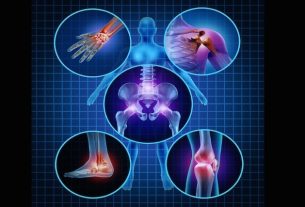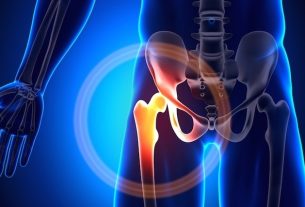Physiotherapy is very important in the treatment of osteoarthritis and should preferably be carried out every day, with rest on weekends, but when this is not possible, it is recommended to do physiotherapy at least 3 times a week.
In addition to physiotherapy techniques, it is interesting to apply ice or heat to the area to reduce pain and inflammation. When there are signs of inflammation, it is recommended that a cold compress be applied, which should be done 3 to 4 times a day, and it is important to wrap the ice or ice pack in a cloth to avoid burning the skin.
The resources used by the physiotherapist may vary according to the complaint presented by the patient and their capabilities, which is why each person must be personally assessed by a physiotherapist who will indicate what each person needs to recover.

Some options that may be useful are:
1. Electrotherapy
The use of devices such as ultrasound, ultrasound, shortwave, laser and magnetotherapy can be useful but should not be used all at the same time. Iontophoresis can be indicated to facilitate the penetration of medications into the site of pain and the application time can vary between 10 and 45 minutes. Ultrasound should be performed especially after using ice so that it has more effect and the magnetron can be indicated in case of osteoarthritis in the spine because it helps in the regeneration of affected tissues.
Discover the main benefits of magnetotherapy.
2. Terapia manual
Manual techniques such as massages and joint mobilizations are of great importance to keep joints properly irrigated and aligned. They can be performed both at the beginning and at the end of each session, but never after using cold. Mobilization must be done for approximately 3 minutes in each joint so that the body is stimulated enough to produce more synovial fluid and to maintain the intra-articular space.
3. Kinesiotherapy
Kinesiotherapy encompasses exercises that should be performed when pain decreases. Muscle strengthening is an integral part of the treatment to help keep the joint firm, improve balance and muscle tone, but some care must be taken when choosing strengthening, as the joint cannot be overstressed. Hydrotherapy and exercises performed with 0.5 and 1 kg weights are generally accepted by most patients, but initially the exercises must be performed in the following order of progression:
- No movement, only isometric contraction,
- With mild contraction;
- With manual resistance;
- Using elastic resistance;
- With resistance with weights.
After discharge, the person will be able to perform other exercises such as Clinical Pilates and Hydrotherapy to maintain muscle strength, thus preventing the return of pain caused by osteoarthritis.
In addition to these exercises, stretching increases flexibility and is recommended in all physiotherapy sessions.
Physiotherapy treatment should be carried out for 3 to 6 months, but if the treatment does not bring the expected benefits, surgery is recommended to place a prosthesis in the affected joint, making it necessary to carry out even more physiotherapy sessions for a few weeks following surgery. .
We regularly update our content with the latest scientific information, so that it maintains an exceptional level of quality.

Sign up for our newsletter and stay up to date with exclusive news
that can transform your routine!
Warning: Undefined array key "title" in /home/storelat/public_html/wp-content/plugins/link-whisper-premium/templates/frontend/related-posts.php on line 12
Warning: Undefined array key "title_tag" in /home/storelat/public_html/wp-content/plugins/link-whisper-premium/templates/frontend/related-posts.php on line 13



